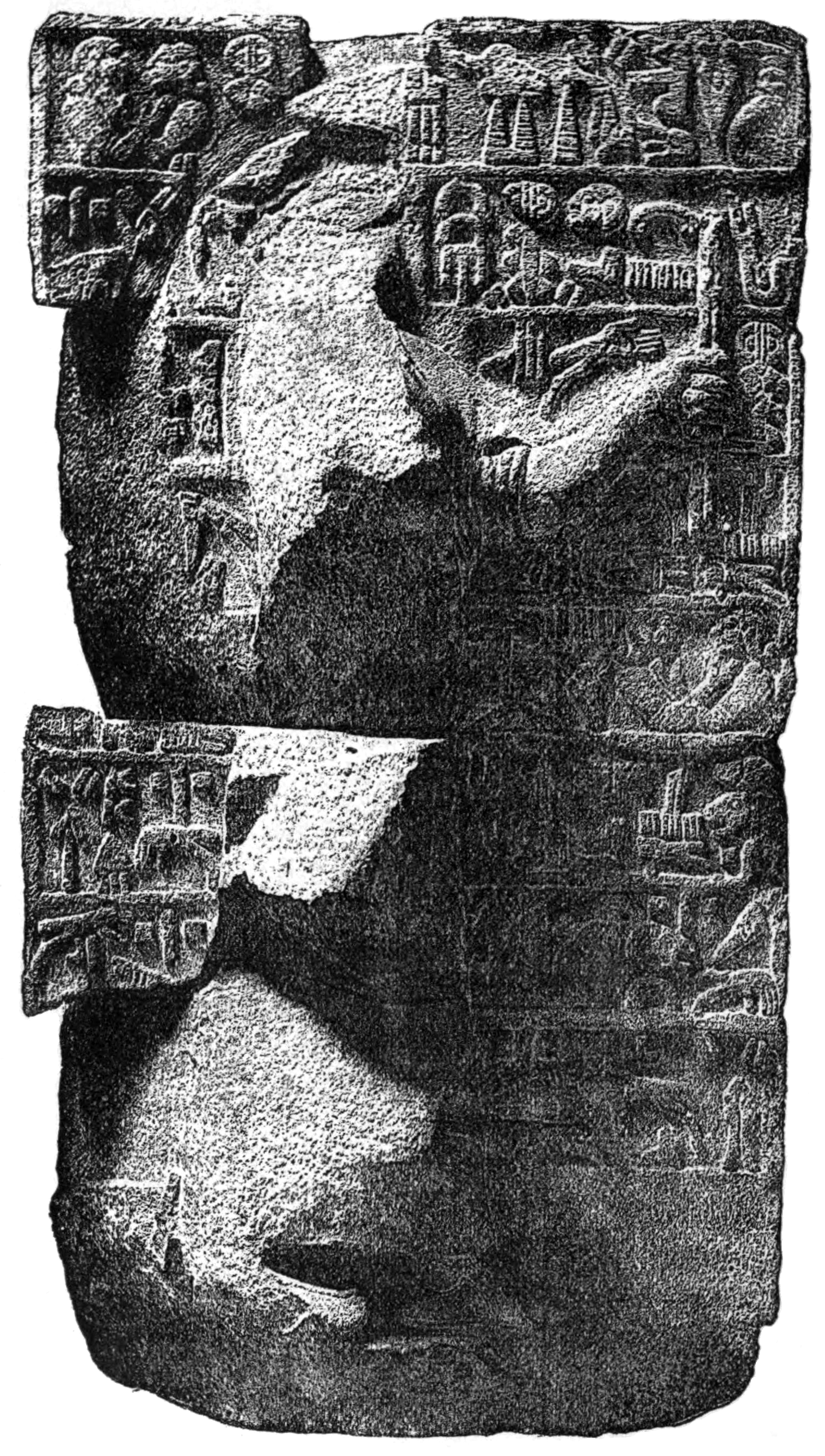It appears that we might just be that much closer to commercial space flights; in a landmark first for Richard Branson’s Virgin Galactic, the company successfully launched—and landed—their first fully-crewed test flight of their VSS Unity spaceplane, of the SpaceShipTwo-class, from the company’s Spaceport America facility in the Jornada del Muerto desert basin, New Mexico. The crew consisted of Virgin Galactic’s chief astronaut instructor Beth Moses, lead operations engineer Colin Bennett, vice-president of government affairs and research operations Sirisha Bandla, pilots Dave Mackay and Mike Masucci, and the company’s founder (as well as of its parent company, the Virgin Group), Richard Branson. Designated mission Unity 22, the spaceplane took off on July 11, 2021 hitchhiking on the bigger launch plane VMS Eve, a WhiteKnightTwo-class plane, at around 8:40 a.m. local time.
Flight Plan
After climbing to an altitude of 50,000 feet (around 15,000 meters), VMS Eve let go of the spaceplane, after which it shot up to 53 miles (around 85 kilometers) above Earth’s surface using its rocket boosters. Upon reaching the apex of its flight, the spaceplane adjusted its trajectory to allow its passengers to experience weightlessness before safely landing back on Spaceport America.
The pair of VSS Unity and VMS Eve was built by aerospace company Scaled Composites, with the two crafts being part of the same successor project to the SpaceShipOne, a collaboration between Scaled Composites and late Microsoft co-founder Paul Allen. (The two were also involved with Stratolaunch, the largest plane ever flown by wingspan and a later collaboration between the two that made news a few months prior for completing its second test flight.)
With the apex of the spaceplane’s flight trajectory going as high as 53 miles (around 85 kilometers), the crew flew above the 50-mile (80-kilometer) altitude “line” designated by U.S. institutions like the military, the Federal Aviation Administration (FAA), and the National Aeronautics and Space Administration (NASA) as the boundary of space, granting all flight crew members the title of “astronaut” upon their arrival back on the surface.
The successful flight of VSS Unity marks a signifier for the promising future of commercial space travel and space tourism, as this was the original purpose for the project. It also marks a significant victory for the company, which had suffered significant failures and losses beforehand; the company’s first SpaceShipTwo-class spaceplane, the VSS Enterprise, suffered a catastrophic failure and broke apart during a powered test flight just seven years prior.
Houston, We Have a Problem
It appears that not all parties are fully-accepting of the promising results displayed by Virgin Galactic, however; Amazon’s aerospace branch Blue Origin, both founded by Jeff Bezos, decries its rival company’s achievement, noting that while the 50-mile (80-kilometer) boundary line is recognized by entities like NASA, it still lies below the Kármán line, a boundary arbitrarily set at around 62 miles (100 kilometers) above the surface of the Earth and is recognized by the National Oceanic and Atmospheric Administration (NOAA). (Blue Origin will launch its own test flight, the New Shepard, a few days later on July 20; New Shepard is set to pass the Kármán line.)
The Kármán line, named after the Hungarian-American engineer and physicist Theodore von Kármán that designated it, was actually set at around 275,000 feet (84 kilometers), which von Kármán denotes as the altitude above which the atmosphere becomes too thin to support aeronautical flight. The name nowadays is just attached to arbitrary boundaries selected by various institutions as the altitude that sits at the boundary of Earth’s atmosphere and space.
So, Where Is the Edge of Space?
As it turns out, there is no clear-cut definition of the boundary of space and Earth’s atmosphere yet; countries like the United States of America have resisted defining the said boundary, implying the challenges to be encountered upon doing so. The United Nations Office for Outer Space Affairs (UNOOSA) defines space as “free for exploration and use by all,”, while the same cannot be said for sovereign air space; defining the boundary between the two means defining the boundary between space laws and aeronautical laws, and whether spacefaring craft fall beneath one or the other. The lines become even more blurred once you consider the differences between laws governing government-sanctioned space flights and space tourism, which now appears to be under rapid development due to companies like Virgin Galactic.
Other parties are also concerned with haphazardly giving away the title of “astronaut” to what would otherwise be considered “space tourists;” the U.S. military, for instance, awards the United States Astronaut Badge, nicknamed “astronaut wings,” to individuals who have completed both astronaut training and a successful spaceflight. As Virgin Galactic is a commercial company, they cannot award these very same badges; to compensate, they developed their own “astronaut wing” badges—complete with a tiny SpaceShipTwo—and awarded them to all members of the VSS Unity flight crew, including Branson.
Bibliography
- Committee on the Peaceful Uses of Outer Space. (2021). Committee on the Peaceful Uses of Outer Space. United Nations Office for Outer Space Affairs. Retrieved July 12, 2021, from http://www.unoosa.org/oosa/en/ourwork/copuos/index.html
- Drake, N. (2018, December 20). Where, exactly, is the edge of space? It depends on who you ask. National Geographic. Retrieved July 12, 2021, from https://www.nationalgeographic.com/science/article/where-is-the-edge-of-space-and-what-is-the-karman-line
- Gohd, C. (2021, July 12). Virgin Galactic Launches Richard Branson to Space in 1st Fully Crewed Flight of VSS Unity. Scientific American. Retrieved July 12, 2021, from https://www.scientificamerican.com/article/virgin-galactic-launches-richard-branson-to-space-in-1st-fully-crewed-flight-of-vss-unity/
- Howell, E. (2017, December 16). Weightlessness and Its Effect on Astronauts. Space.com. Retrieved July 12, 2021, from https://www.space.com/23017-weightlessness.html
- Levy, S. (2021, July 11). Richard Branson Reaches Space on Virgin Galactic’s VSS Unity. WIRED. Retrieved July 12, 2021, from https://www.wired.com/story/richard-branson-virgin-galactic-vss-unity-space-flight/











